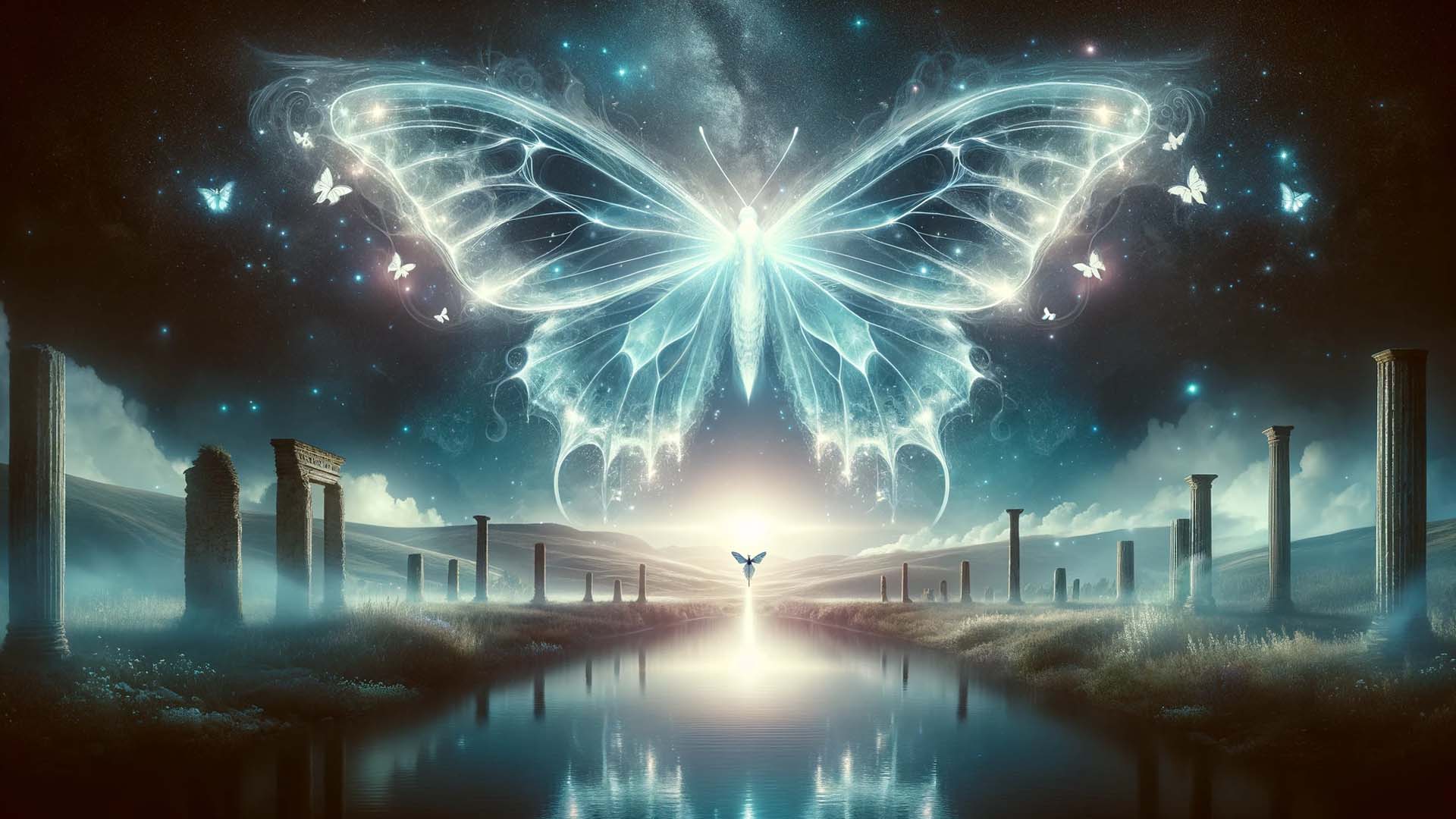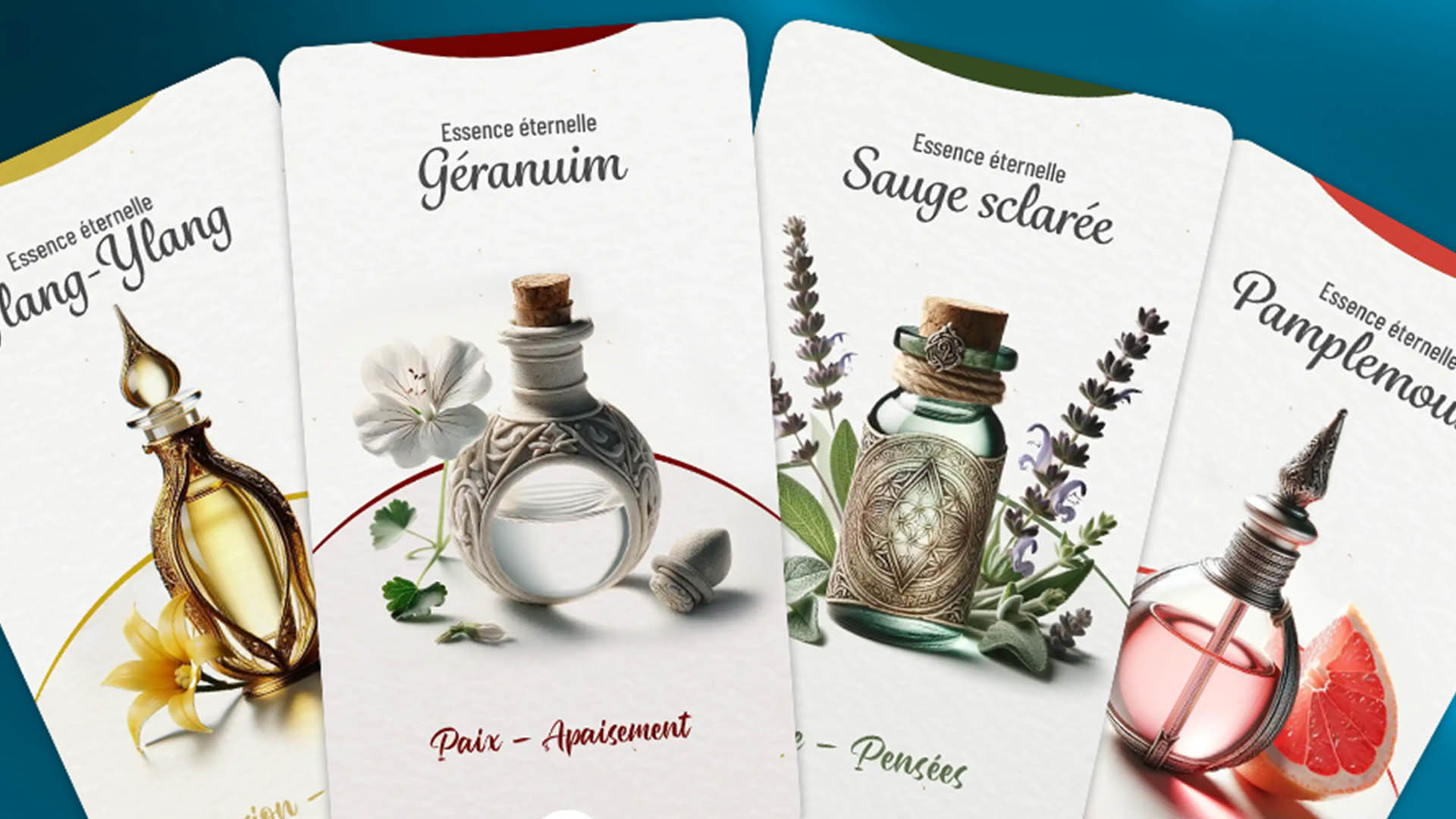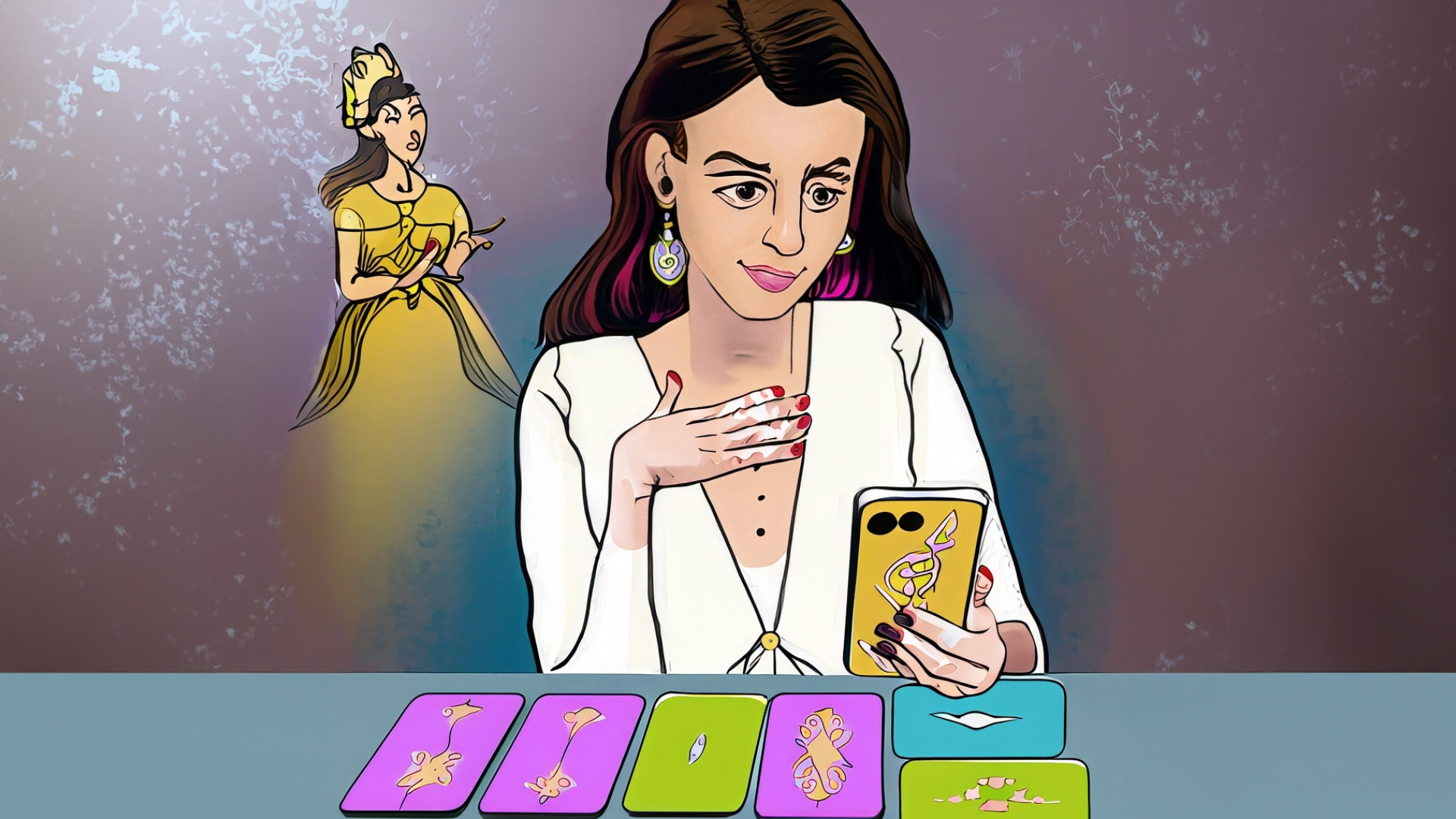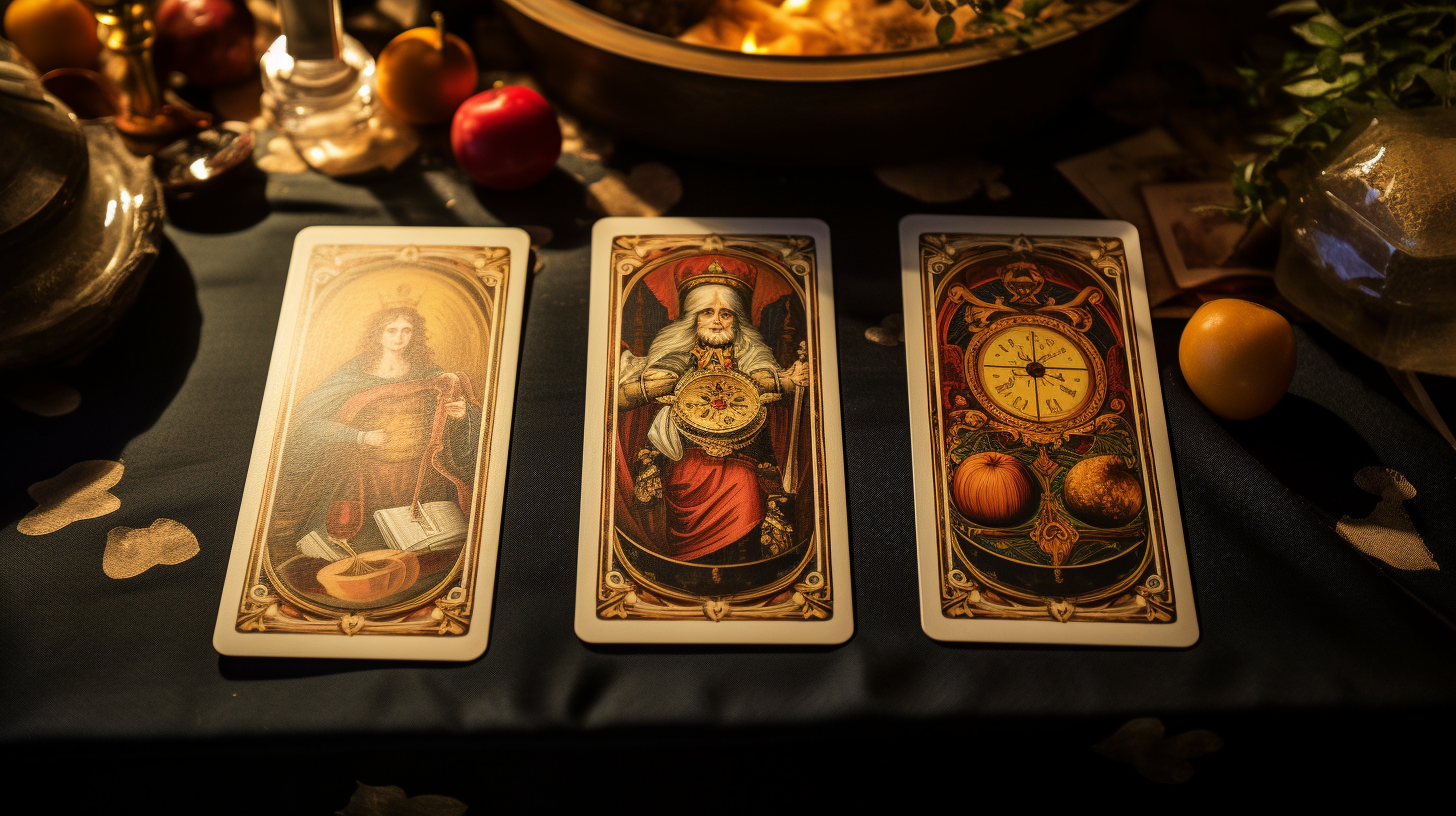Oracles And Tarots
The Rider Waite Tarot: A Gateway to the Mystical Universe
In the enchanting realm of esotericism, few tarot decks have impacted the collective consciousness as profoundly as the legendary Rider Waite Tarot. Created in the early 20th century, this deck revolutionized tarot reading with its evocative imagery and deep symbolism. Conceived by mystic A.E. Waite and illustrated by artist Pamela Colman Smith, the Rider Waite is more than just a deck of cards: it’s a medium for contemplation and divination, guiding seekers through life’s mysteries.
Origins and History
The Rider Waite Tarot emerged from a unique collaboration between Arthur Edward Waite, a prominent member of the Hermetic Order of the Golden Dawn, and Pamela Colman Smith, a visionary artist. In 1909, during a peak in occult and mystical interest, they created a tarot deck of unparalleled symbolic richness. The Rider Waite Tarot set itself apart by making the images of the Major and Minor Arcana both accessible and deeply symbolic, thus opening tarot practice to a broader and more diverse audience. Its release marked a pivotal moment in tarot’s history, instantly popularizing it among enthusiasts and professionals.
Pamela Colman Smith: The Artist Behind the Images
Pamela Colman Smith, affectionately known as “Pixie,” was a prolific artist whose work is deeply intertwined with her interest in folklore, fairy tales, and mythology. Born in 1878, she was influenced by a variety of cultures and artistic traditions, reflected in the diversity and richness of the Rider Waite Tarot’s illustrations. Each card, with its vivid colors and detailed symbols, is a window into a complex narrative universe. Her work, often underestimated in her time, is now recognized as a foundational element in the world of tarot and symbolist art.
Symbolism and Card Structure
The Rider Waite Tarot comprises 78 cards, divided into two main categories: the 22 Major Arcana and the 56 Minor Arcana. The Major Arcana, like The Magician, The High Priestess, or Death, represent life’s grand themes and lessons, while the Minor Arcana focus on the more everyday aspects of existence. Each card is a world unto itself, with symbols meticulously chosen to evoke esoteric concepts, moral lessons, or universal human experiences.
Cultural Impact and Legacy
The Rider Waite Tarot is not just a cornerstone in the field of tarot reading; it has also left an indelible mark on popular culture. Numerous artists, writers, and filmmakers have drawn inspiration from its iconic imagery, incorporating it into works that explore mystical and psychological themes. Over the decades, the deck has influenced the creation of numerous other tarot decks, spawning a variety of derivatives that embrace its themes and iconography. The legacy of the Rider Waite Tarot is evident in how it continues to inspire generations of spiritual seekers, artists, and tarot practitioners.
And Today?
Today, the Rider Waite Tarot remains one of the most popular and widely used tarot decks in the world. Its ease of interpretation makes it a favorite among beginners, while its symbolic depth continues to captivate experienced tarot readers. Online communities and resources abound, offering forums for exchange, interpretation guides, and spaces to share experiences and knowledge. Whether used for personal meditation, spiritual growth, or as a divination tool, the Rider Waite Tarot is a timeless companion on the quest for self-understanding and world comprehension.
Conclusion
The Rider Waite Tarot is more than just a deck of cards: it’s a mirror to the human soul, a guide through the labyrinths of consciousness, and a map of life’s spiritual journey. With its rich imagery and powerful symbols, it invites deep exploration into the mysteries of existence and provides a path to greater self-understanding and universal insight. Whether you’re a curious novice or an experienced practitioner, the Rider Waite Tarot is an invaluable tool for any spiritual quest.







